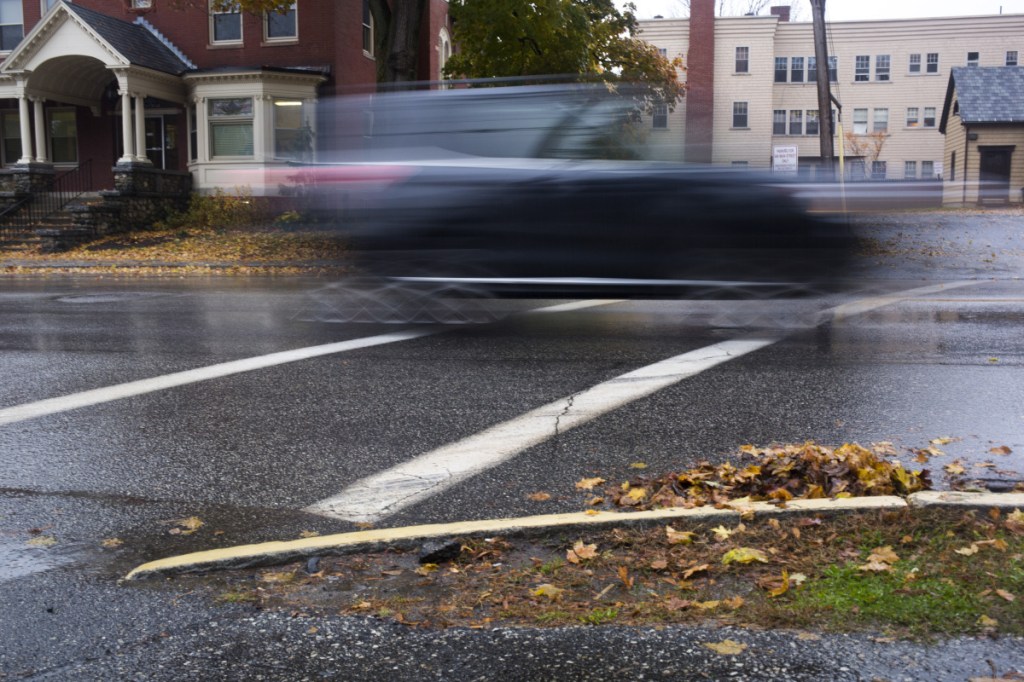The death last month in Arizona of a pedestrian struck by a self-driving car made national news because the tragedy was the first of its kind. But traditional vehicles still rule our highways. And their human drivers kill 16 pedestrians each day, according to a new report that should remind citizens and our policymakers of the need to invest in making our streets safe for every one of us.
Nationally, according to Highway Traffic Safety Administration figures, the pedestrian death toll has been nearly 6,000 a year for the past several years – the highest number in a quarter-century. Closer to home, the number of Maine pedestrians and cyclists killed in 2016 was double the number killed in 2011.
While the broader traffic-fatality number has mostly been falling — U.S. motor-vehicle deaths declined by 9 percent between 2007 and 2016 — the Governors Highway Safety Association recently reported that the number of walkers killed has soared by 27 percent in that time frame.
At the same time, other types of traffic fatalities dropped by 14 percent. So pedestrians now account for 16 percent; of all crash deaths nationwide (up from 11 percent in 2007) and 10 percent of all such fatalities in Maine (up from 5 percent in 2007).
“Maine should be taking these trends seriously and making sure its facilities are safe,” we urged after last year’s GHSA pedestrian traffic death report came out. And the state seems to be heading in this direction.
Following the release of a task force report on how to ease the spate of road injuries and deaths, the Maine Department of Transportation said in October it intended to redouble its focus on highway safety.
Practically speaking, according to the agency’s 2018-2021 work plan, that means directing highway funding toward intersection improvements, guardrail fixes, more visible painting and striping and other efforts to enable bikers and walkers to safely share the road with cars and buses.
To identify issues that can be used to build a safety plan, an ongoing series of forums is taking place in the Maine cities and towns most affected by pedestrian crashes. And while there are those who think that getting around by foot or pedal isn’t something “real Mainers” care about, these gatherings have shown that nonmotorized transit is much on the minds of many — like the Augusta woman who is blind and told forum organizers last fall that she no longer walks to work because she fears that drivers won’t stop for her.
Hers is just one of the many stories that illustrate the impact on people’s lives when they can’t travel safely — regardless of how they travel. If legislators recognize what’s at stake, they will commit to investing in the infrastructure that keeps her — and all of us — safe.
Send questions/comments to the editors.


